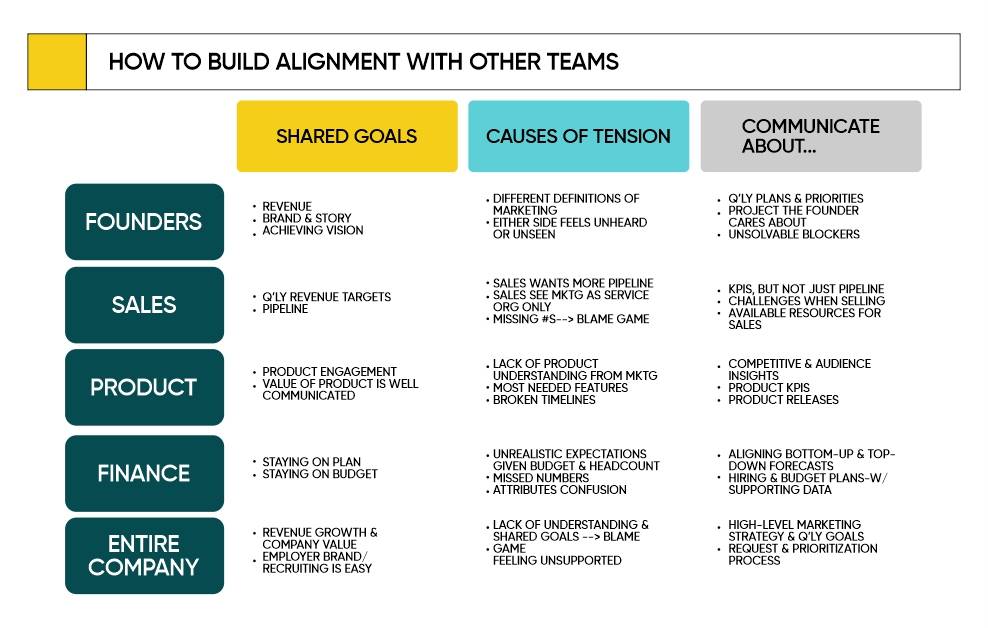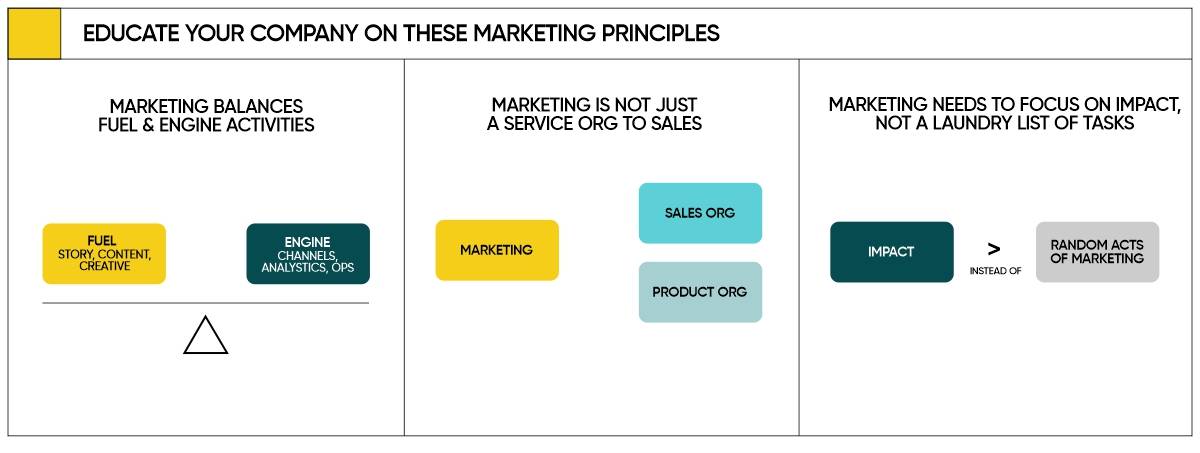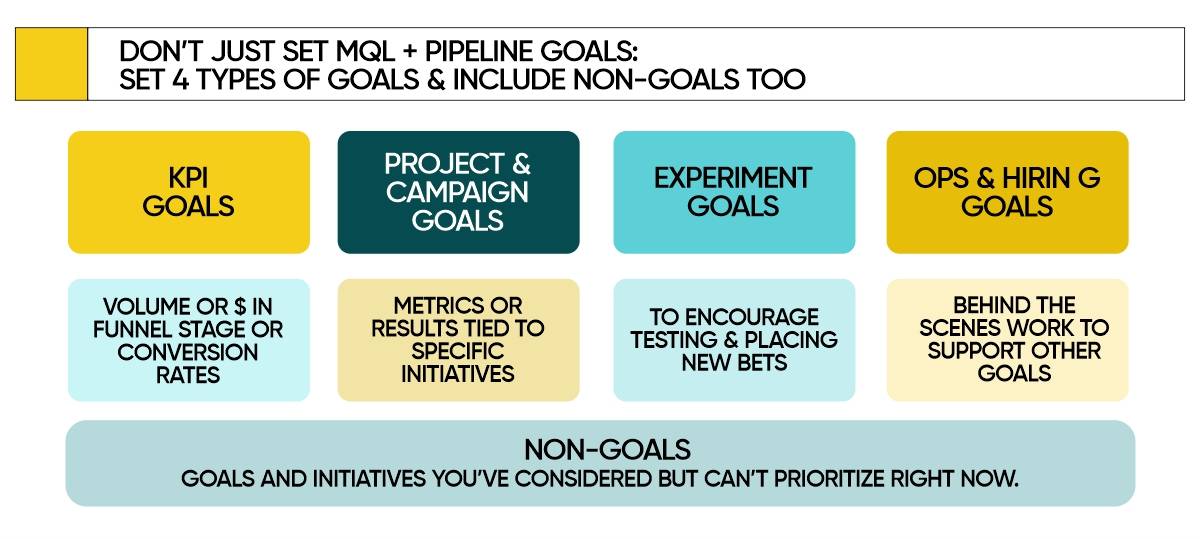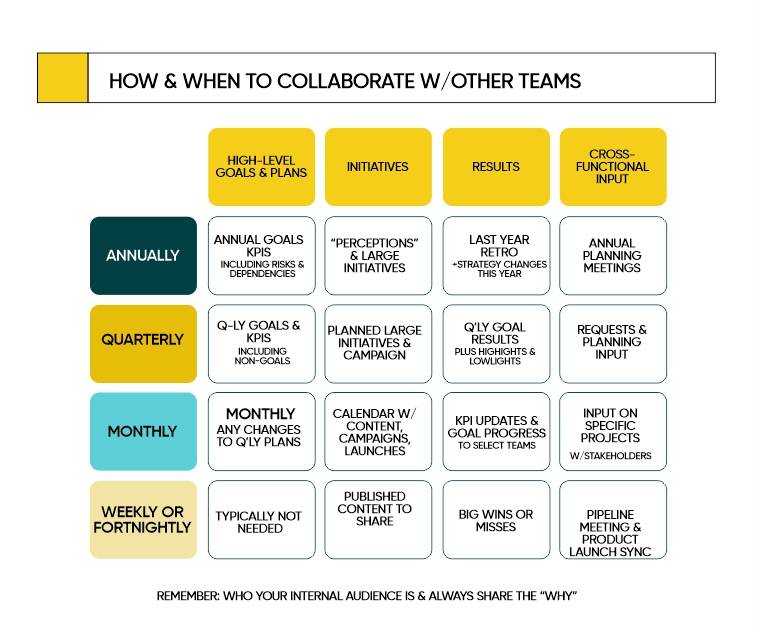
As a digital marketer and outsourced marketing agency, I find that one of the most challenging aspects of my work is educating the client’s team—whether it’s the founders, brand owners, or second-tier leadership—about marketing. Helping them understand the nuances of marketing is often the hardest part of executing effective strategies.
The core job of marketing is to deeply understand the audience and communicate with them in a way that adds value. A strong value proposition is essential here—not necessarily something unique, but a perception or narrative that resonates. This narrative creation is one of the most critical aspects of marketing.
However, marketing often falls short when it comes to executing this internally. Everyone has an opinion on what marketing should or shouldn’t do, and it’s frequently seen as an extension of sales rather than a discipline more akin to product development. This misconception brings intense scrutiny and a flood of unsolicited recommendations, creating tension within the marketing team.
This tension is even more pronounced for outsourced digital marketing agencies, especially in SMEs, where product teams are often missing, and collaboration is limited. Without buy-in and support from key stakeholders—like the founders and second-tier leadership of the client organization—marketing teams struggle to secure the resources, collaboration, and time needed to achieve meaningful results.
It’s important to acknowledge that, as a marketer—whether working internally or as an outsourced digital marketing agency—you’ll never completely stop people at your client’s organization (or within your company) from asking questions, making requests, or sharing their opinions. And you shouldn’t want to stop it. Some of these contributions can be genuinely valuable.
What’s crucial is learning to manage the situation effectively. Marketers like us need to spend more time focusing on “internal marketing” than we might initially think. The sooner we accept and embrace this reality, the quicker we’ll find success.
Marketing is guided by basic principles, such as understanding your ideal customer profile and the jobs to be done. Similarly, this approach should apply to working with internal teams. Recognizing shared goals and problem areas between teams helps bridge gaps and avoid unnecessary friction.
Don’t overwhelm other teams with irrelevant details or information they don’t care about. Just as marketing involves a value exchange with customers, internal communication should focus on what’s meaningful and helpful to both sides.
Share only what falls within the overlap of things you both care about and need to know.
To summarize, gaps and tensions between cross-functional teams often arise from misaligned communication and priorities, as shown in the diagram below.

Beyond the Diagram: Key Lessons Learned Over the Years.
- Founders’ Focus Areas Vary:
Owners or founders usually care about specific aspects of marketing, not all of it. Some are more interested in the “fuel”—branding, content, and storytelling—while others focus solely on the “engine”—KPIs and performance metrics. For some, marketing is simply about paid acquisition. Identify their primary focus during your interactions to align your efforts effectively.
Educating Your Client or Company on Marketing
Many people try to be marketers or believe they understand marketing, but most of your coworkers or clients don’t truly grasp what you do or the meaning behind marketing jargon. This isn’t meant as a criticism—it’s a reminder to approach communication with clarity when working with other teams.
Marketing is often narrowly viewed as advertising: running ads, generating leads, and converting customers. While this outcome captures their interest, it’s only a part of the process. To achieve those results, a sequence of activities must happen, such as creating press releases, shaping narratives, managing content calendars, designing creatives, conducting surveys, and analyzing website visitor feedback.
It’s important to explain three key concepts to founders or decision-makers to help them understand the broader role of marketing. When presented visually, these concepts often result in “light bulb” moments, helping even non-marketers appreciate the depth and complexity of effective marketing.
Refer to the chart below for a visual explanation of these ideas.

Concept 1: Marketing needs fuel and engine
Marketing: The Fuel and Engine Framework
Most people in your company may not be interested in the nuances of product marketing, content marketing, or demand generation. Many likely perceive marketing as either fuel or engine—focusing on only one aspect of the entire process.
Here’s how the fuel and engine framework can help explain what marketing truly involves:
- One of the most effective ways to communicate marketing’s role is by introducing the fuel and engine framework.
- To build a successful marketing function, you need both exceptional fuel (creative and content) and a well-tuned engine (strategy, systems, and execution).
- Your fuel should be tailored to match your engine, and your engine should be designed to optimize your fuel.
- Often, organizations overemphasize either the fuel or the engine. Recognizing and addressing this imbalance is key to explaining why your marketing priorities are structured as they are.
By framing marketing through this lens, you can foster a better understanding of its broader scope and value within the organization.
Concept 2: Marketing Is Not Sales—It’s Closer to a Product Organization.
Marketing has the potential to drive exponential growth and efficiency across your go-to-market strategy, unlike sales organizations, which tend to grow linearly with revenue.
- Marketing vs. Sales:
Treating marketing as merely a service organization for sales limits your company’s potential. Building marketing as a multidisciplinary function, similar to a product organization, unlocks greater opportunities for growth and innovation. - Challenges in Undervaluing Marketing:
When marketing is undervalued, it becomes harder to attract and retain talented marketers who want to make a meaningful impact. Marketing and sales organizations operate differently, and understanding this distinction is critical. - A Better Model for Marketing:
Drawing from my experience in both sales and marketing, and as a founder of a SaaS company, I’ve realized marketing functions much like a product team, encompassing engineering, product, and design. Here are the key parallels:
- Like a product team, marketing should be multidisciplinary, combining creative (fuel) and strategy (engine).
- Marketing should balance short-term goals with long-term projects, just as product teams do.
- Marketing creates products, too—your website, content, and campaigns are designed for specific audiences, much like a product is built for its users.
By adopting this product-oriented mindset, companies can better position their marketing teams to drive sustainable growth and achieve long-term success.
Concept 3: Marketing must prioritize impact–which means not completing every request
Achieving meaningful results in marketing requires time, focus, and a clear plan. Every initiative needs sufficient time to reach its success zone, and distractions can often derail progress.
Let’s consider an example: imagine you’re running paid campaigns for an e-commerce company, driving significant traffic to the website. However, you notice that traffic isn’t converting into customers. To address this, you prioritize running surveys to understand the issue. But midway, the client requests SEO improvements, even though no additional resources are provided.
In such cases, as a marketer, it’s essential to prioritize initiatives that have the most impact. Marketing cannot simply rely on incremental improvements to achieve breakthrough growth. Instead, it must focus on strategies that drive significant results, set clear goals, and stick to the plan.
To avoid the perception that marketing is always saying “no,” it’s equally important to educate stakeholders about the reasoning behind your priorities. This education takes time, and with an already full plate, writing down and communicating these decisions can feel overwhelming. However, it’s necessary to foster understanding and collaboration.
Finally, random acts of marketing should only be entertained when they truly align with your goals and deliver value—not because of a founder’s blog or podcast idea, a competitor’s strategy, or a last-minute request. Stay focused, and only pivot when it genuinely makes sense for the growth and success of your marketing efforts.
3. Sharing marketing priorities
Setting and Communicating Marketing Priorities
The first step in aligning marketing priorities is to ensure you have clear goals and solid reasoning behind them. Marketing must set goals, not just metrics to track, but also actionable plans to achieve those metrics while remaining flexible to adapt as needed based on audience insights.
The Four Types of Marketing Goals:
- KPI Goals: Focus on both conversion rates and volume metrics.
- Project Goals: Plan for major initiatives to drive short- and long-term growth.
- Experiment Goals: Allocate time and resources to test new strategies and ideas.
- Ops Goals: Address operational tasks that require significant time and planning.

The Importance of Non-Goals:
Identifying what you won’t focus on for the quarter or year is as important as stating your priorities. This allows you to:
- Show you’ve considered everyone’s ideas.
- Explain why specific initiatives are prioritized.
- Reduce repeated requests and unnecessary distractions.
Steps to Set Effective Marketing Goals:
- Gather input from stakeholders.
- Identify your unique marketing advantages and key growth levers.
- Develop a focused narrative to guide your content and campaigns.
- Map major campaigns in advance and align them with your go-to-market strategy.
Set up a cadence for collaborating with other teams
Just as external marketing requires a clear fuel (strategy) and engine (distribution), the same applies to internal marketing. Your goals and plans are the fuel, and sharing them effectively is the engine. Success requires patience, trial, and error to get team alignment right.
Tips for Communicating with Other Teams:
- Find a Repeatable Format: Use templates, Loom videos, or weekly updates to simplify sharing and make progress easy to digest.
- Always Explain Why: Link your goals to the broader marketing and company strategies. Remember, what’s clear to you might not be obvious to others.
- Ensure Internal Alignment: Share not just KPIs but also the target audience, creative efforts (fuel), distribution channels (engine), and stakeholders involved.
- Clarify Timelines: Explain the expected timeframes for results. Immediate impact differs from long-term gains, so stakeholders should be helped to understand the horizon for each initiative.

Key Takeaway:
Clear communication and thoughtful planning are essential for setting priorities and ensuring internal alignment. This approach helps minimize confusion and builds confidence in your marketing efforts.
How do you handle ad hoc requests from other teams?
How to Handle Ad Hoc Requests from Founders, Owners, and Cross-Functional Teams
The best way to manage unexpected requests is by proactively sharing your goals and plans. When others understand your priorities and know they’ll have opportunities to provide input—quarterly for high-level requests and monthly for project feedback—it reduces random interruptions. However, ad hoc requests will still come, and here’s how to handle them effectively:
- Set Up a Request Process:
A structured system like Basecamp can be used to manage requests instead of chaotic channels like WhatsApp. This encourages requesters to think through their ideas before submitting them, reducing impulsive or excessive requests. - Triage Requests Thoughtfully:
Regularly review and prioritize submitted requests, gathering additional context as needed. Take time to explain why certain requests have been prioritized or deprioritized, especially for popular ones. - Solve Problems, Not Just Requests:
Get to the root of why a request is being made, particularly from sales teams. Addressing the underlying problem often leads to faster, more effective solutions. For example, prioritize key challenges sales is facing and collaborate on solutions quarterly, rather than creating countless unused case studies or PDFs. - Practice What You Preach:
When working with other teams, approach them with problems, not pre-determined solutions. For instance, if a page isn’t converting, explain the issue to the designer and let them propose the best solution. - Balance Yes and No:
Always saying no can lead to resistance from coworkers. Establish a process for urgent requests, but ensure there’s a system in place to prevent overuse. Balance is key—address genuine priorities while filtering out unnecessary tasks. - Refer Back to Goals and Non-Goals:
When declining a request, kindly explain how it doesn’t align with current goals. For example: “We’re not prioritizing this right now as we’re focusing on [X goal], but it’s on the list for review on [X date].”
If the requester insists, you can ask: “Do you think this should take precedence over other priorities? We’re open to hearing why and reconsidering.”
By implementing these practices, you can handle ad hoc requests effectively while maintaining focus on your core priorities.
Takeway
To wrap up, the key takeaway is that it’s never too early to improve your “internal marketing” skills—it’s an essential part of your role. Internal marketing, in essence, is about fostering effective cross-functional collaboration.
Marketers who excel in this area often gain more credibility and influence than through external marketing efforts alone.
Treat internal marketing with the same respect as other aspects of your job. Even if there’s a dedicated internal communications person, it’s still crucial to learn and practice these skills. I hope this blog provides valuable insights to help you market yourself and your work more effectively within your organization. Thank you!
